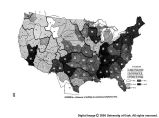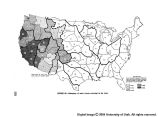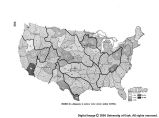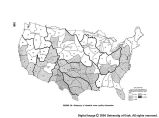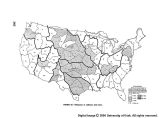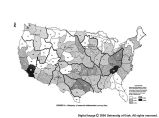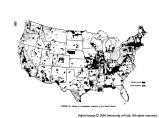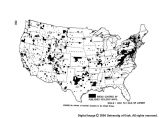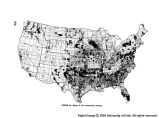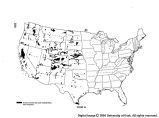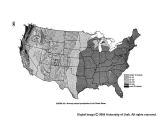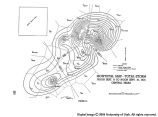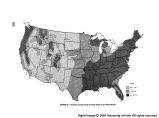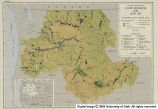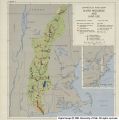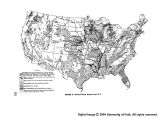| OCR Text |
Show are subject to wide variations in flow which must be controlled in order to render maximum serv- ice to man. Along the river at some stretches there must be diking and revetment to protect adjacent lands and improvements from erosion, inundation, and damage. There are usually many alternatives in location and design which will prove most ef- fective and be most economical. Sometimes costs will be lower by moving improvements from the areas threatened by floods or, better yet, such low lands may be zoned against improvements before it is too late to do so effectively. Control of pollution from city sewage and in- dustrial waste must be given high priority in conservation. This will be accomplished by using conservation storage to increase low stream flows and by treatment of sewage and waste be- fore it enters the streams. The Nation's lakes, streams, rivers, and ground water are the sources of water supply for domes- tic and industrial use, irrigation, navigation, hy- droelectric power, recreation, fish, and wildlife. To best control these sources of water after they have left the soil and gathered in streams and rivers requires regulatory storage on each stream in much the same manner as the Great Lakes regulate, to near constant flow, the Niagara and St. Lawrence. This involves the building of all types of dams adapted to the topography and geology peculiar to the particular site. Such dams may be high or low, short or long, with choice of materials and design best adapted to the particular site, so as to provide water storage most economically. Engineering has made great strides in design and construc- tion of larger and higher dams of all types. It is making similar strides in vastly increasing the utility of these dams through combining them into multiple-purpose programs. Dams usually produce falling water. If the head is high and the quantity of water available is large and supply dependable, large quantities of hydroelectric power may be developed by the installation of penstocks, water wheels, and elec- tric generators. These dams and reservoirs may afford the necessary regulation to provide for many pur- poses and uses. Hoover Dam on the Colorado River, the first great multiple-purpose project, authorized in 1928, provides for flood control, generation of hydroelectric power, sediment con- trol, domestic and industrial water supply, irriga- tion, recreation, fish, and wildlife. Other dams on the lower Colorado River effectively use up all the head for the development of power and pro- duce nearly slack water conditions from Hoover Dam to the Gulf of California. Similarly, great works are being planned for the upper river and its tributaries which will include development for all water purposes. Thus the Colorado River is being developed and put to use under compre- hensive plans for the entire river basin. In 1933 the Tennessee Valley Authority was set up as an experiment in unity of responsibility for the river planning, design, construction, and operation of an entire river basin, for all pur- poses including flood control, navigation, hydro- electric power, and land management for improved farm and forest practices. Thus a full- scale demonstration was given to the river basin concept, which combines all of these modern methods of land management and river develop- ment into one coordinated system for the best economic development of the water and land resources of an entire river basin. Three New Concepts Experience of recent years shows the need for public understanding of three new aspects of conservation. One is the concept of the mul- tiple-purpose project. Such projects now are recognized to be both technically feasible and economically sound. Hoover Dam marked the beginning of a new era in thinking about water projects. The second is the river basin concept. It recognizes the interrelation of resources elements in a single basin, and it presumes that multiple- purpose measures can be undertaken in harmony with the unified development of the entire basin. From forest and upland farm to downstream city, from headwaters to the sea, a river basin is seen as one dynamic and organic system. This view offers a new opportunity to coordinate the 271 |



















































